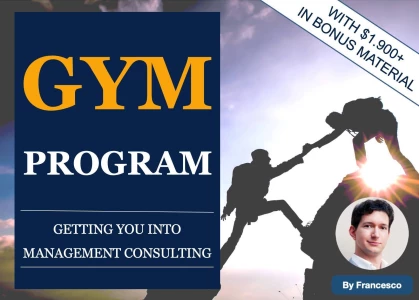Hey all,
I have a final round interview with a firm in two weeks (virtual interview). The interview features a written case. Once I am given the prompt, I have 45 minutes to prepare but in instructions it reads that I will be developing slides on paper. Anyone have an experience with doing it this way? I always done written cases on slides.
Here is the email information:
“As part of your case interview process, you will have what we call a formal case (otherwise known as a written case) where you are given a prompt and some time to develop slides on paper. Preceding this case interview will be the case prep session where you will receive the prompt and further instructions then"
















